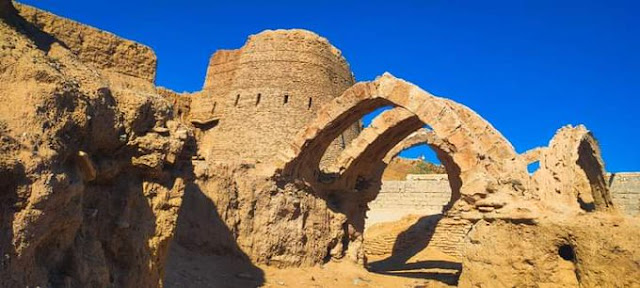The Baloch people, nestled in a region blessed with a rich and unique cultural tapestry, have long been custodians of a heritage that captivates the world. In this blog, we will embark on a journey through the pages of Balochi history, exploring the vibrant facets of their culture—particularly their enchanting clap dances, musical ceremonies, and the profound contributions made for the preservation of their language and traditions.
Dances and Musical Ceremonies:
Balochi culture is renowned for its meticulous management and distinctiveness, setting it apart from global counterparts. Historically, the Baloch have been active participants in musical and wedding ceremonies, showcasing their prowess in various dance styles. Balochi dances, whether performed by men or women, are characterized by captivating movements, rhythmic clapping, and vibrant expressions.
Musical instruments exclusive to Balochi culture, such as Nar Sur, accompany singers narrating enthralling Balochi folk stories. The beats of self-made instruments like Soroz, Naal, and Taboora resonate, creating an atmosphere that draws in the onlookers. These cultural expressions, deeply embedded in the Balochi way of life, are a testament to their commitment to preserving their identity.
Notable Balochi Dances:
One of the primary Balochi dances, Do-chapi (Two claps), is a spectacle that involves large gatherings of men. The dance combines hand claps, foot movements, and head nods in harmony with rhythmic drumming. This mesmerizing performance is often showcased during joyous occasions, marriage parties, concerts, and special celebrations like Baloch Culture Day on 2nd March.
Women, too, play a vital role in preserving and showcasing Balochi culture. Their version of Do-chapi is a graceful dance that involves circular movements, hand claps, and singing of traditional wedding songs. The uniqueness of the women's dance lies in its distinct steps, with participants moving backward and repeating their movements within the circle.
Balochi 'Chaap' and Cultural Significance:
Balochi culture boasts various 'Chaap' or clapping styles, including Balochi Lewa, Latti, and Balochi Hambo. These dances bring forth different styles and clapping techniques, each contributing to the rich mosaic of Balochi cultural expressions. The cornerstone of these dances is the rhythmic clapping (Chaps), serving as the foundation for diverse dance forms and offering a source of joy and entertainment to both performers and audiences alike.
The Baloch people's commitment to preserving their cultural heritage through dance, music, and other artistic expressions is a testament to their resilience and identity. As we celebrate their unique journey, let us appreciate the beauty and significance of Balochi culture—a living testament to the rich tapestry of human diversity.














.jpg)
.jpg)
.jpg)














